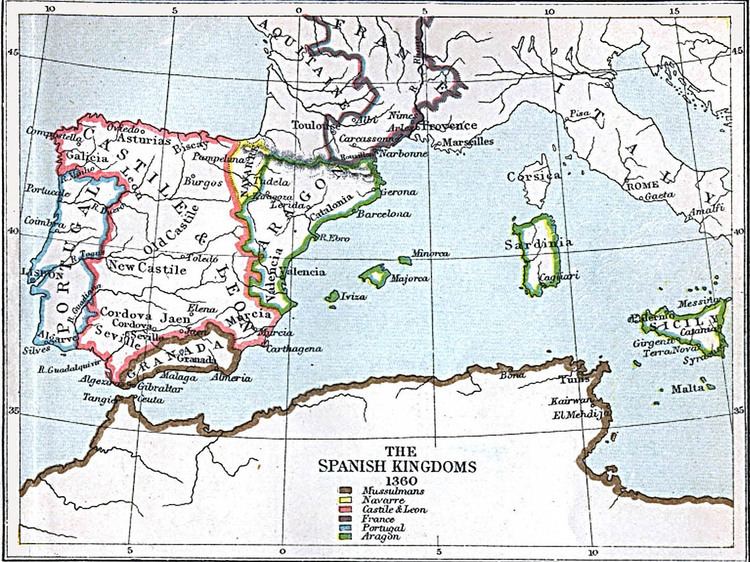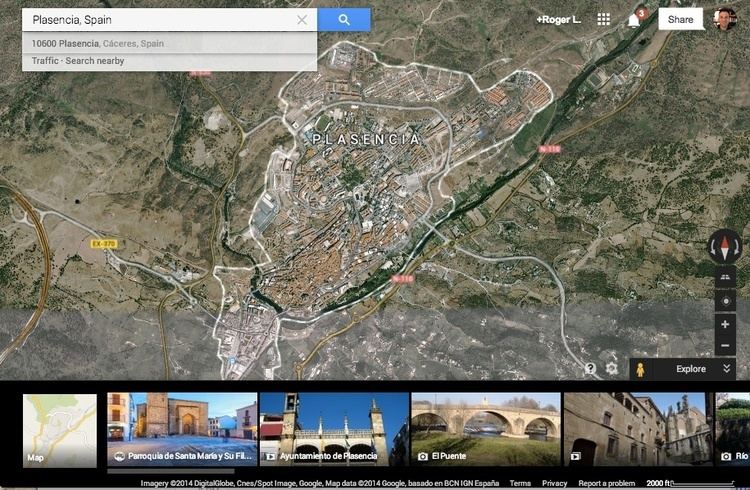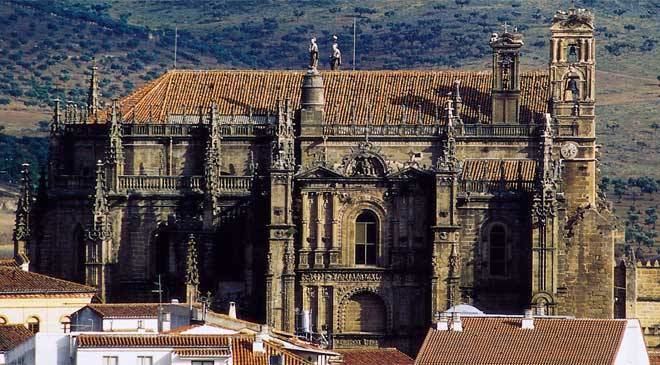Country Population 41,002 (2012) Area 218 km2 | Mayor Fernando Pizarro (PP) | |
Plasencia is a walled market city in the province of Caceres, Extremadura, Western Spain. As of 2013, it has a population of 41,047.
Contents
Map of Plasencia
Situated on the bank of the Jerte River, Plasencia has a historic quarter that is a consequence of the citys strategic location along the Silver Route, or Ruta de la Plata. Since the 15th century, the noblemen of the region began to move to Plasencia, defining its current appearance.
Turismo plasencia y extremadura
History

Although Plasencia was not founded until 1186, pieces of pottery found in Boquique’s Cave provide evidence that this territory was inhabited long before. Pascual Madozs dictionary details that this ancient territory, either called Ambroz or Ambracia, was originally given the name Ambrosia before becoming Plasencia.

In the same year that the city was founded, Alfonso VIII of Castile gave the city its independence and the Diocese of Plasencia was created. The original motto of the city, , means to please God and man. Ten years after its birth, Plasencia was taken over by the Almohad Caliphate, a Moroccan Berber-Muslim dynasty that dominated the Iberian peninsula throughout much of the 12th century. King Alfonso VIII and his forces recaptured the city within the same day.
At the end of the 13th century, the Charter of Plasencia was created, allowing the Christian, Muslim and Jewish people to live peacefully together within the city. This charter prompted the formation of a Jewish community in Plasencia, which became the largest Jewish community in Extremadura at that time and held a considerable amount of economic power.
The 15th century was a vital period in Plasencia’s history, because it was at this time that a jurisdiction of lordship was established. In 1442, King John II of Castile gifted the city to the House of Zuniga and its right to vote in the Cortes of Castile was lost. In 1446, the first university in Extremadura was installed in Plasencia, according to the wish of the Bishop. As a result, everyone from the surrounding areas who could afford to study in the university moved to Plasencia.
In the second half of the 15th century, Plasencia got caught up in some warlike affairs. Henry IV of Castile was deposed from the throne in favour of the infant Alfonso after the count of Plasencia stole the sword of this king’s wooden statue, signifying that without the sword, he had no power. A decade later, the queen of Castile, Joanna la Beltraneja, and Afonso V of Portugal were married and were proclaimed the rulers of Castile and Portugal.
In 1488, the duke died and his grandson, Avaro de Zuniga y Perez de Guzman, succeeded him. The nobility took advantage of this situation and rebelled against the House of Zuniga, trying to recover the power that they had over Plasencia before it was gifted away. The Catholic Monarchs, Ferdinand and Isabella, stood by them and made the revolt a success. Ferdinand swore to defend and protect the freedom and charters of Plasencia until his death.
Main sights
Culture

The specialities of the local cuisine include "migas" (breadcrumbs with Spanish sausage and bacon), casseroles, stews and tench, an exceptional freshwater game fish.

Festivals include:
